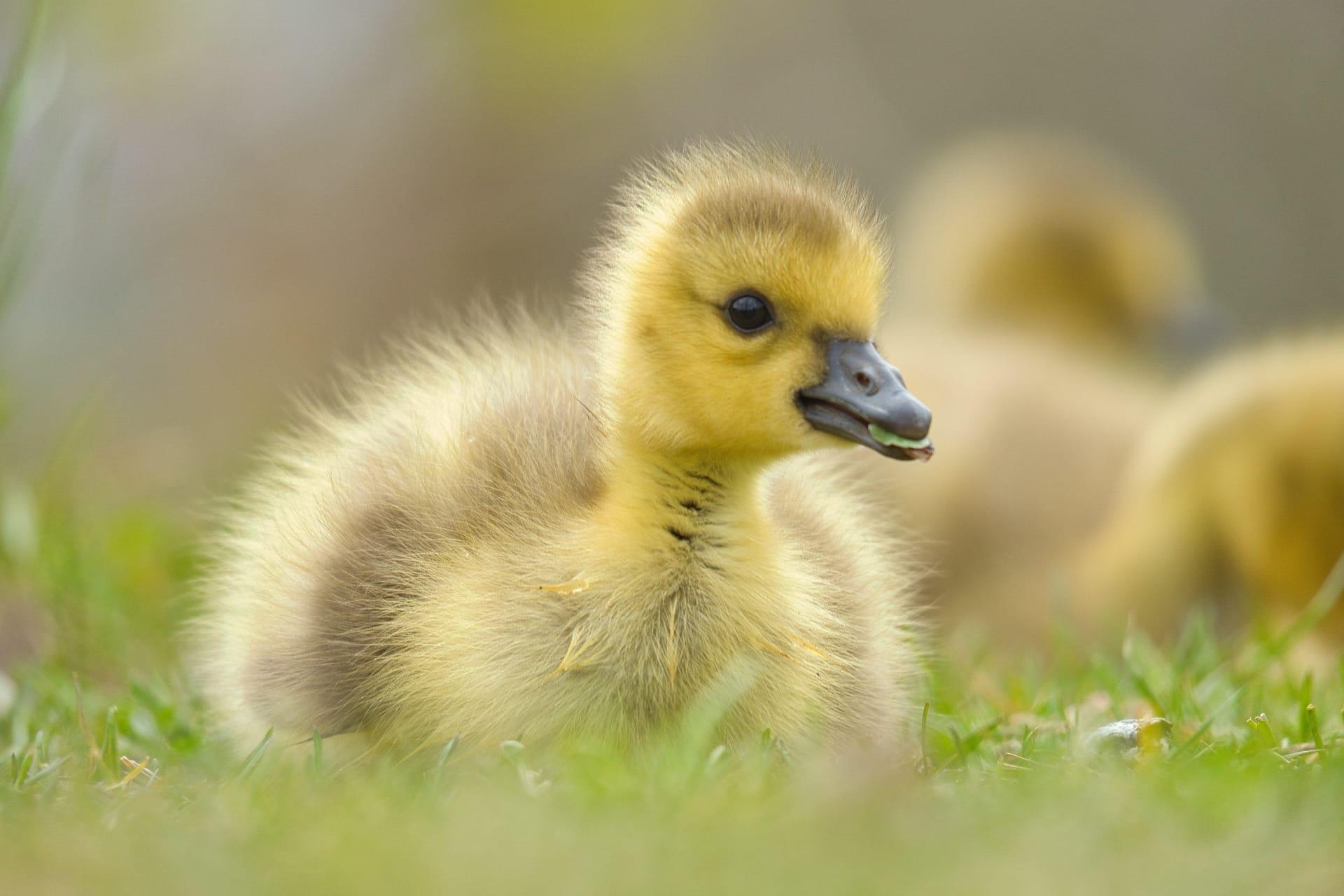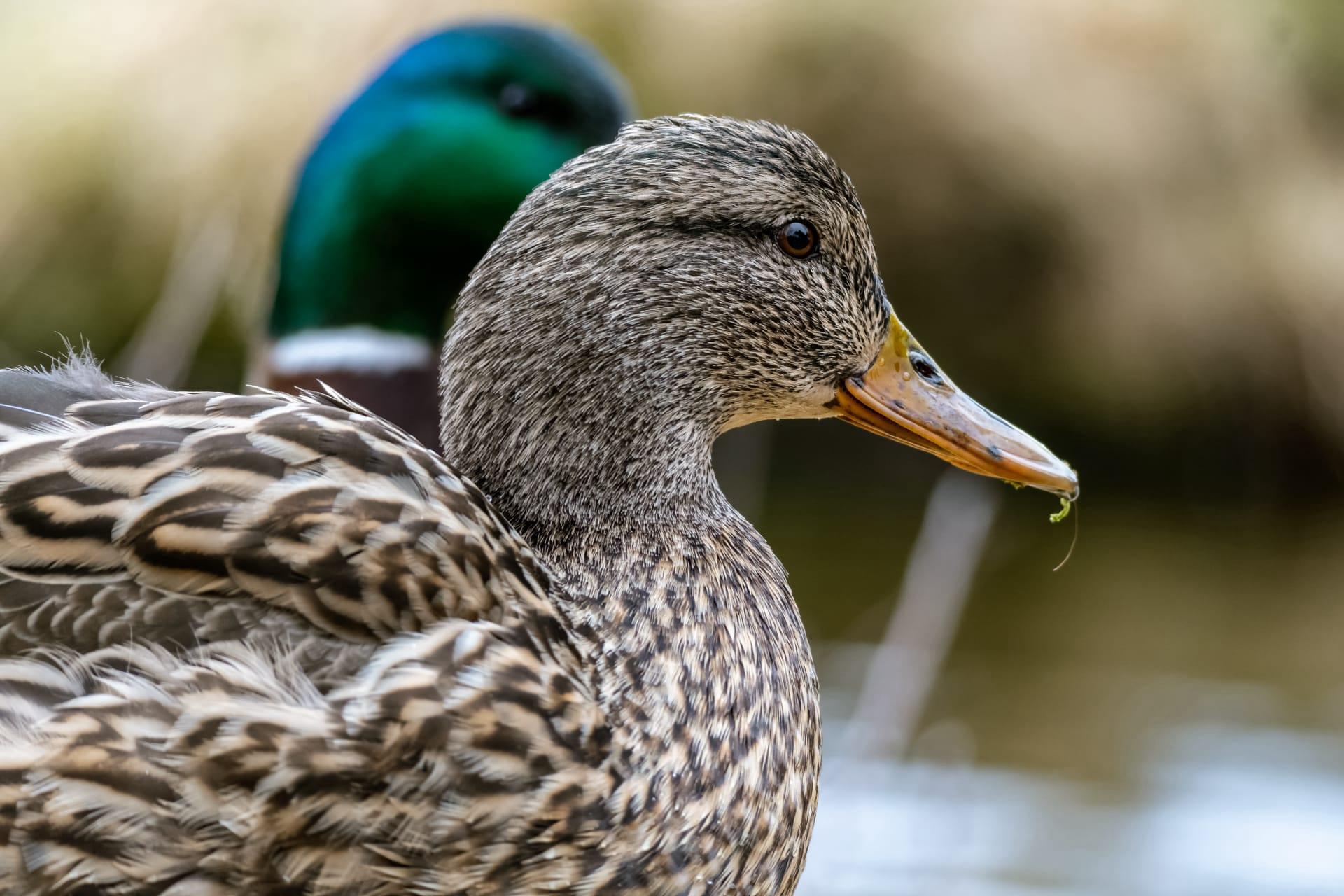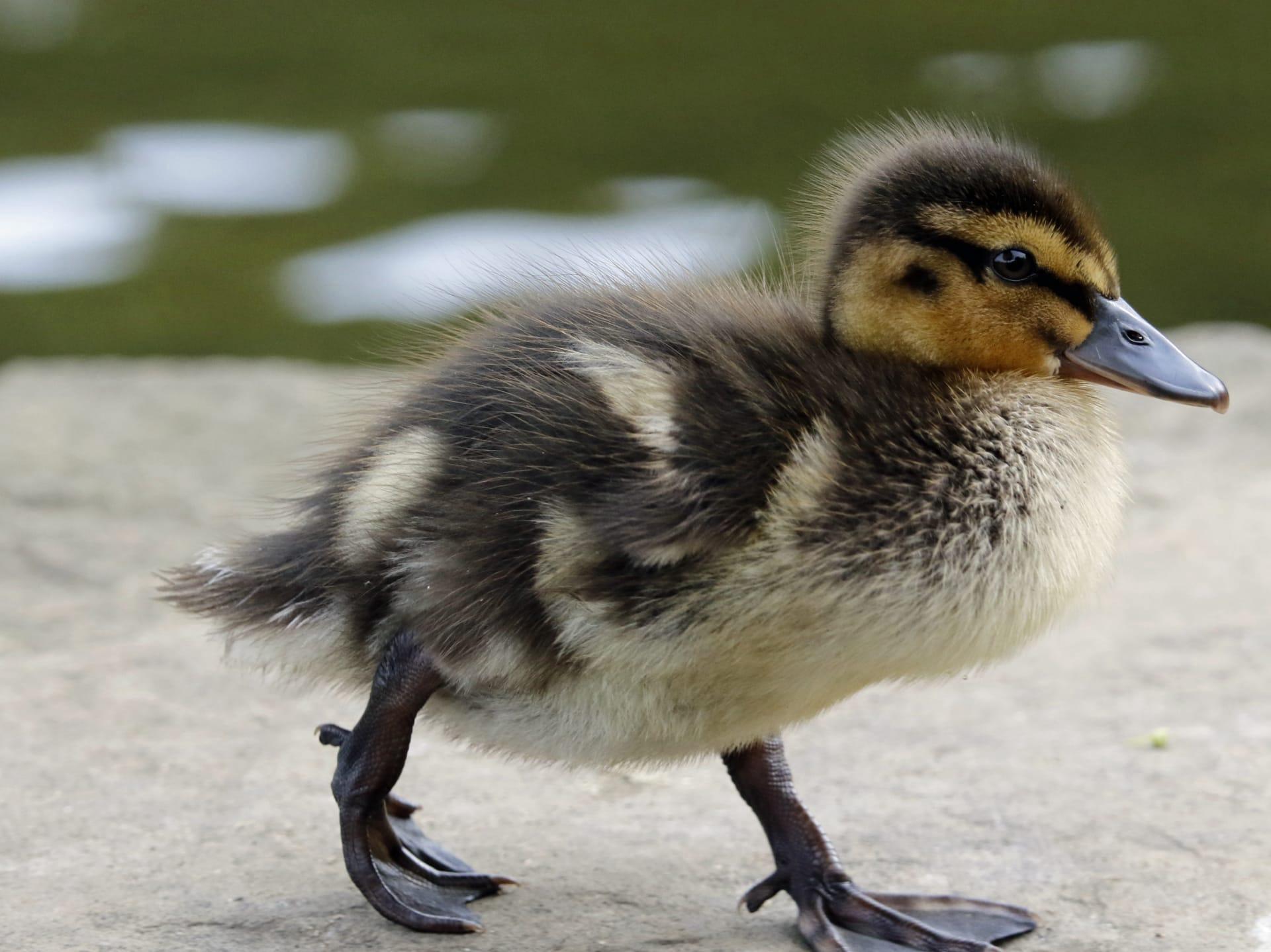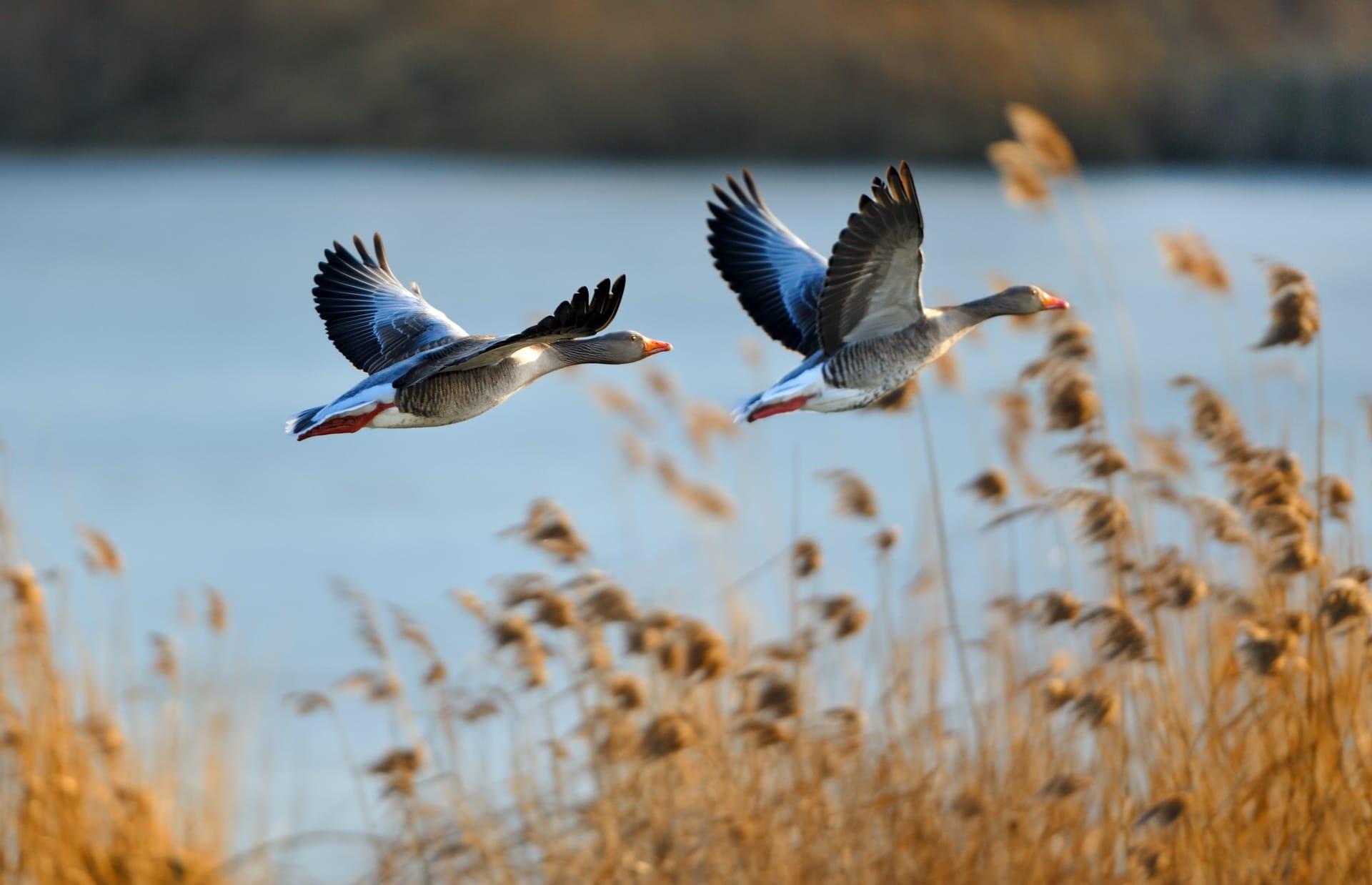Duck Trivia
- Home /
- Trivia Question /
- Animal /
- Duck Trivia
1
Question: How far can ducks fly during migration and what is their average speed?
Answer: Ducks, especially migratory species like the Mallard, can travel impressive distances during migration. They often cover between 200 to 400 miles in a single day, flying at an average speed of 50 miles per hour. Their flight efficiency is boosted by flying in a V-formation, which reduces air resistance for the ducks following the leader.
Question: What's the lifespan of a duck in the wild versus in captivity?
Answer: In the wild, ducks typically live for 5 to 10 years, depending on the species and environmental factors. Predation and harsh weather conditions are significant threats. However, in captivity, ducks can live longer, often reaching 10 to 15 years of age. The extended lifespan in captivity is due to controlled environments, regular feeding, and protection from predators.

2
Question: Do all ducks quack, and are they all noisy?
Answer: Contrary to popular belief, not all ducks quack. In fact, only the females of most duck species are vocal, and the classic 'quack' sound is specific to the female Mallard. Other species have different calls, and some, like the Wood Duck, are relatively quiet.
Question: Can ducks really eat bread without any harm?
Answer: Feeding ducks bread is a common misconception and is actually harmful. Bread lacks the necessary nutrients ducks need and can lead to malnutrition and health issues. It's also bad for the environment, as uneaten bread can pollute waterways and promote the growth of harmful algae and bacteria.

3
Question: How deep can ducks dive, and why do they do it?
Answer: Some duck species are adept divers. For instance, the Canvasback can dive up to 30 feet deep in search of food like aquatic plants and invertebrates. Diving is a survival skill, allowing ducks to find food sources unavailable to other birds and to escape predators.
Question: Are ducks monogamous, and how do they choose their partners?
Answer: Many duck species are seasonally monogamous, meaning they pair up for a single breeding season but may choose different partners in subsequent years. Partner selection varies by species, often involving elaborate courtship displays where males show off their plumage and perform specific behaviors to attract females.

4
Question: Do ducks have a sense of smell, and how do they use it?
Answer: Ducks do have a sense of smell, but it's not as developed as in some other animals. They primarily use it to detect predators or to find food sources, especially when these are not visible. However, their primary senses are sight and hearing.
Question: What's the significance of a duck's feather coloration?
Answer: The coloration of a duck's feathers serves multiple purposes. Brightly colored feathers in males are used to attract females during mating season. On the other hand, more subdued and camouflaged colors in females help them blend into their surroundings, protecting them and their nests from predators.

5
Question: How do ducks sleep and do they ever sleep while floating?
Answer: Ducks can sleep both on land and while floating on water. They often sleep with one eye open and one half of the brain awake, a behavior called unihemispheric slow-wave sleep. This allows them to rest while remaining alert to potential threats. When on water, they often tuck their beak into their back feathers to conserve heat.
Question: Why do ducks migrate, and how do they navigate?
Answer: Ducks migrate primarily in search of food and suitable breeding grounds. The changes in weather and daylight hours trigger their migration. They navigate using a combination of the Earth's magnetic field, the position of the sun and stars, and landmarks. Young ducks learn the migration routes by following older, experienced members of the flock.